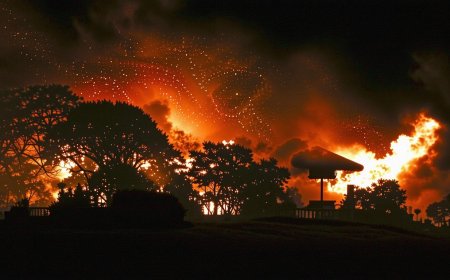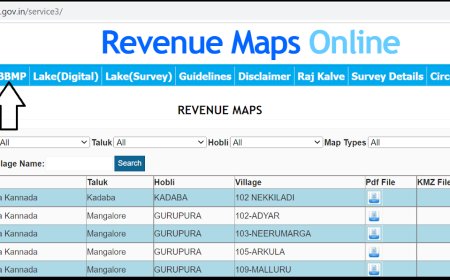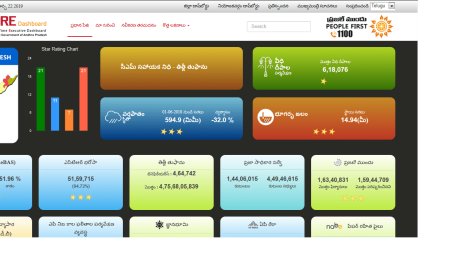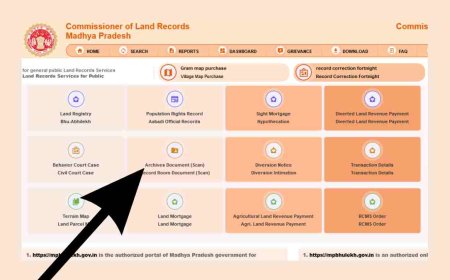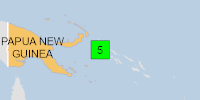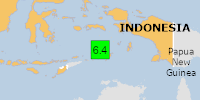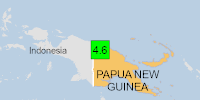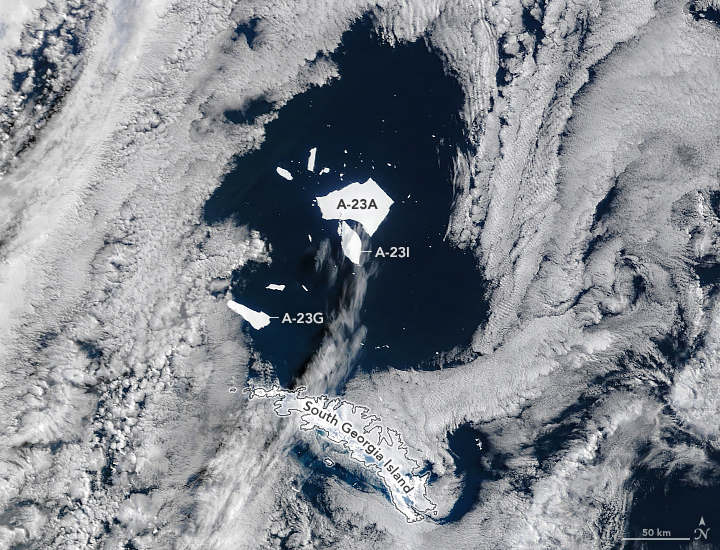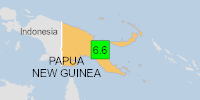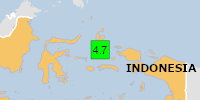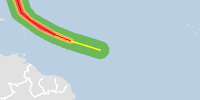The Epic Journey of a Colossal Iceberg


The Final Journey of Iceberg A-23A: A Colossal Iceberg’s Last Stand
Spring’s Arrival and the Inevitable Melting
As spring graces the Southern Hemisphere, Iceberg A-23A, like many Antarctic icebergs, is gradually succumbing to the ocean’s embrace. This particular iceberg’s disintegration is noteworthy, marking the end of a massive, long-lasting ice formation.
Tracking the Disintegration
On September 11, 2025, NASA’s MODIS (Moderate Resolution Imaging Spectroradiometer) aboard the Terra satellite captured the ongoing fragmentation of Iceberg A-23A. At that time, its largest piece covered over 1,500 square kilometers (580 square miles), making it the second-largest free-floating iceberg globally. However, it had already lost about two-thirds of its original size since it began its northward drift from Antarctica years ago.
New Icebergs Emerge
Nearby, significant fragments that broke off from A-23A, namely Iceberg A-23G and Iceberg A-23I, measured 324 square kilometers (125 square miles) and 344 square kilometers (133 square miles), respectively. The U.S. National Ice Center is responsible for naming, tracking, and documenting Antarctic icebergs that are at least 20 square nautical miles (69 square kilometers) in area or 10 nautical miles (19 kilometers) in length.
Satellite Observations and Monitoring
Jan Lieser from Australia’s Bureau of Meteorology and Christopher Shuman from the University of Maryland (retired) first identified these icebergs using satellite data. Britney Fajardo from the U.S. National Ice Center later confirmed their findings with MODIS imagery.
“We can effectively monitor these large icebergs, including A-23A and its offspring, using spaceborne sensors,” Lieser explained. However, he pointed out that these giants often release numerous smaller icebergs that can drift into shipping lanes.
Advanced Imaging Techniques
While Landsat satellites can capture some of these smaller ice fragments when weather conditions allow, synthetic aperture radar (SAR) systems can detect icebergs during polar nights and in all weather conditions. These instruments provide less frequent but higher-resolution images, complementing the daily observations from MODIS on the Terra and Aqua satellites.
A Long Journey Comes to an End
Before its current disintegration, Iceberg A-23A had a long and eventful journey. It broke away from the Filchner Ice Shelf in 1986 and remained grounded on the seafloor of the southern Weddell Sea for decades. It finally broke free in the early 2020s, beginning its northward drift. In March 2024, it was caught in a rotating ocean vortex in the Drake Passage, only to spin out and become lodged again on the shallow coastal shelf south of South Georgia Island in May 2025.
After freeing itself once more, the iceberg drifted to its current location north of the island, likely on its final voyage. Like many other large icebergs that have ventured into “iceberg alley,” it will eventually succumb to the relentless effects of warmer air and water.
Image courtesy of NASA Earth Observatory by Michala Garrison, using MODIS data from NASA EOSDIS LANCE and GIBS/Worldview. Story by Kathryn Hansen.
What's Your Reaction?
 Like
0
Like
0
 Dislike
0
Dislike
0
 Love
0
Love
0
 Funny
0
Funny
0
 Angry
0
Angry
0
 Sad
0
Sad
0
 Wow
0
Wow
0


